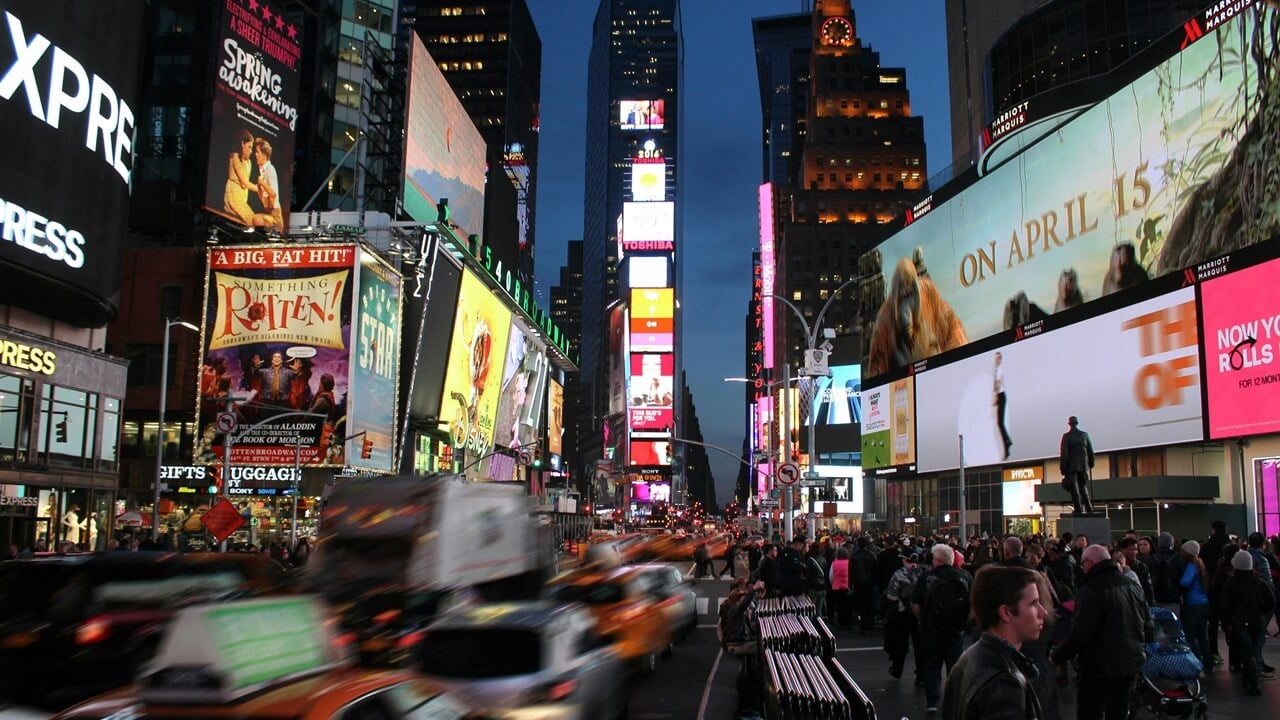Last Updated on October 21, 2025
These days, standing out as a brand isn’t optional—it’s essential. Every company, from startups to global giants, competes for consumer attention. But beyond flashy advertising or clever taglines, the most enduring advantage a brand can build is recognition. The question many marketers ask is: what is brand recognition, and why does it matter so much? Understanding brand recognition, how it differs from brand awareness, and how to strategically grow it can determine whether a business merely survives or thrives for decades.
At its core, brand recognition refers to the ability of consumers to correctly identify a brand based on visual or auditory cues—such as logos, packaging, colors, jingles, or mascots—without the brand’s name necessarily being present. In other words, it’s when someone sees a symbol, hears a tune, or notices a design element and immediately associates it with a specific company.
For example, spotting the iconic golden arches instantly calls McDonald’s to mind, even without a single word being written. Similarly, the silhouette of a bitten apple instantly reminds consumers of Apple products. Recognition comes down to subconscious familiarity—it’s a mental shortcut that bridges visuals and emotions with trust, reliability, and reputation.
Brand Awareness vs. Brand Recognition
While often used interchangeably, brand recognition vs. brand awareness are two distinct concepts. Understanding their differences is vital for developing a comprehensive marketing strategy.
- Brand awareness is the broader concept: it measures whether consumers know your brand exists. It includes both recognition (identifying a logo or symbol) and recall (remembering the brand name without prompts). For instance, if you ask someone to name athletic shoe companies and they say “Nike,” that’s awareness.
- Brand recognition, on the other hand, is narrower and more specific. It’s about instant identification when shown cues, such as the Nike swoosh or Adidas’ three stripes, even if the brand name is never mentioned.
In short, awareness encompasses recognition. A company may achieve some awareness through advertising or PR, but true recognition means the brand has carved out a unique mental space that instantly triggers association.
Examples in Action
The most powerful way to understand this concept is to look at brand recognition examples from iconic companies:
- Nike’s Swoosh – Perhaps the ultimate example, the swoosh represents speed, athleticism, and victory. Nike’s global success stems not only from great products but from creating one of the most recognizable symbols in history.
- Puma’s Cougar – With its leaping feline, Puma conveys agility and strength. Consumers can see the logo on shoes, apparel, or advertising and immediately know what brand they’re dealing with.
- Wendy’s Mascot – The redheaded character is more than just a logo; it’s a recognizable figure that differentiates Wendy’s from other fast-food chains. Customers instantly associate the mascot with the brand’s promise of fresh, never-frozen beef.
- Apple’s Bitten Apple – A simple, sleek icon that conveys innovation and elegance. Even minimal branding—like just an embossed apple on a laptop—carries immense recognition.
- Coca-Cola’s Scripted Logo and Red Color – The distinct font and vibrant red shade are so recognizable that Coca-Cola’s brand can be identified instantly worldwide.
These examples illustrate why recognition matters: it reduces friction in consumer decision-making. When faced with dozens of options, consumers gravitate toward what they know and trust. A recognizable brand symbol cuts through noise, sparking instant familiarity and preference.
Why This is Crucial for Long-Term Success
Building strong brand recognition isn’t just about vanity or aesthetics—it’s about survival and growth. Companies with high recognition enjoy several long-term advantages:
1. Consumer Trust and Loyalty – Recognition fosters trust. When customers repeatedly see familiar branding, they perceive the company as stable and reliable. This encourages repeat purchases and loyalty.
2. Competitive Differentiation – In saturated markets, products often look alike. Recognition provides a shortcut for consumers to pick your product over a competitor’s.
3. Marketing Efficiency – Once recognition is established, every marketing campaign becomes more effective. A simple image or symbol can carry years of brand meaning, saving time and resources.
4. Premium Pricing Power – Recognizable brands often command higher prices because customers equate recognition with quality and prestige.
5. Resilience in Changing Markets – Brands with strong recognition weather economic downturns better, since loyal customers continue to choose them even when budgets tighten.
Simply put, without brand recognition, long-term growth is difficult. It’s the glue that keeps customer relationships intact and turns casual buyers into lifelong supporters.
How to Measure
Understanding how to measure brand recognition helps businesses track progress and adjust strategies. Companies can evaluate recognition in several ways:
Logo and Visual Recall Tests – Presenting consumers with logos, colors, or mascots and asking which brand they represent.
Surveys and Polls – Measuring whether audiences can recognize brand elements without explicit labels.
Social Media Mentions – Tracking how often people tag or reference a brand’s logo, slogan, or mascot in conversations.
Website and Search Data – Monitoring how often branded keywords or symbols drive traffic.
Market Research Studies – Partnering with agencies to analyze recognition across demographics.
These methods provide quantifiable insight into whether a brand’s visuals are embedding themselves into consumer memory.
Leveraging Influencer Marketing to Enhance Brand Recognition
In the digital era, brands don’t build recognition alone. They rely heavily on social media ecosystems where influencers play a central role.

Featured Influencer: Carol Borjas
This Venezuelan born dancer/choreographer has over 20 years experience. She began with ballet and contemporary dance. Carol also trained in Rhythmic gymnastics for 12 years receiving numerous honors… including, five consecutive years, Venezuela’s “Best Gymnast”. Once she moved to Los Angeles she began working in the industry with artists like, Paul McCartney, (World tour), Country icons Brookes and Dunn, Hip Hop legends: Will Smith, P Diddy, Snoop Dog, LL Cool J. Brian Mc Night etc.
Influencers—whether large-scale celebrities or micro-influencers with niche audiences—can amplify branding efforts and extend reach in authentic ways.
Here’s how influencer collaborations drive both recognition and awareness:
Visual Repetition Across Platforms – When influencers wear or showcase branded products, they reinforce logos and symbols across millions of impressions.
Authentic Association – Influencers humanize a brand’s identity, making recognition not just about visuals but also about values, lifestyle, and relatability.
Expanding Awareness to New Audiences – Influencers expose brands to followers who may not yet know they exist, building awareness that complements recognition.
Creating Content That Lives Longer – Influencer-generated videos, stories, and posts can continue to build recognition long after the original campaign runs.
For example, Nike often partners with athletes and fitness influencers to spotlight the swoosh in action—on shoes, apparel, and accessories—cementing the logo’s presence in the athletic lifestyle. Meanwhile, food brands like Wendy’s tap into meme culture and influencer-driven humor to keep their mascot fresh in the minds of younger audiences.
Practical Steps for Brands to Strengthen Recognition with Influencer Marketing
To maximize success, brands should approach influencer marketing strategically:
1. Choose Influencers Who Match Brand Identity – Partner with voices who authentically align with your brand’s values and aesthetics. Misaligned influencers can confuse recognition rather than reinforce it.
2. Emphasize Visual Consistency – Ensure logos, mascots, and brand colors are prominent in influencer content without feeling forced. Repetition builds recognition.
3. Leverage Micro-Influencers – Smaller influencers often have more engaged audiences. They may deliver higher recognition growth per dollar spent.
4. Track Results – Use engagement rates, branded hashtag mentions, and visual recall tests to measure impact.
5. Blend Awareness and Recognition Goals – Campaigns should expand awareness while simultaneously reinforcing recognition cues, creating a balanced approach.
By combining traditional branding with influencer-driven storytelling, companies can amplify recognition faster than with paid ads alone.
So, what is brand recognition? It’s the ability of consumers to instantly connect visual or auditory cues to your business without explanation. It differs from brand awareness, which measures general familiarity, but the two work hand in hand. Recognition is what keeps a brand sticky, memorable, and trusted across generations.
Looking at a brand recognition example like Nike’s swoosh or Coca-Cola’s red, it’s clear why recognition is vital. These cues cut through crowded markets, foster trust, and cement long-term loyalty. Measuring recognition—through recall tests, surveys, or digital analytics—ensures progress stays on track.
In today’s digital world, influencer marketing provides one of the most effective pathways to build and enhance recognition. By pairing strong visuals with authentic voices, brands can multiply their reach, strengthen identity, and ensure that their logos, colors, and mascots remain unforgettable.
For brands that want to strengthen recognition and expand awareness simultaneously, influencer marketing platforms such as Intellifluence provide a proven pathway. Intellifluence helps companies of all sizes—ranging from startups to Fortune 500 enterprises—with a wide network of influencers who can authentically showcase logos, products, and brand stories. The result is greater visibility, stronger consumer associations, and ultimately, lasting recognition in the marketplace.
One of the biggest challenges brands face when building recognition is consistency. It’s not enough to run one advertising campaign or launch a single splashy product; recognition requires repeated exposure to the same cues—logos, mascots, and brand colors—across channels. With Intellifluence, companies can scale that exposure by collaborating with influencers who naturally integrate branded content into their daily communication with followers. Whether it’s a fitness influencer highlighting a logo on athletic gear, or a food blogger sharing branded packaging in a recipe video, these subtle cues reinforce recognition in authentic ways.
Startups benefit from Intellifluence by gaining access to influencers who help them quickly establish their visual identity in competitive markets. Instead of waiting years to develop recognition organically, young brands can accelerate exposure and build a recognizable presence within months. Meanwhile, larger companies have used the platform to keep their branding fresh and relevant. By partnering with influencers who speak to younger demographics or niche audiences, established brands ensure their logos and mascots remain top-of-mind across generations.
Intellifluence gives brands the tools to transform recognition into loyalty. By strategically pairing with the right influencers, companies can make sure their visual identity doesn’t just appear once, but becomes a consistent part of consumers’ digital experiences. That level of repeated, authentic exposure is what turns recognition into long-term market advantage.
Recognition isn’t just a marketing buzzword—it’s the backbone of sustainable success. In an economy overflowing with choices, the brands people instantly recognize are the ones they consistently return to.

SallyBot is committed to helping users get the most out of Intellifluence. By helping brands create campaigns, providing unparalleled customer service and offering useful advice, nothing makes SallyBot happier than hearing she is liked… Really, really liked.






